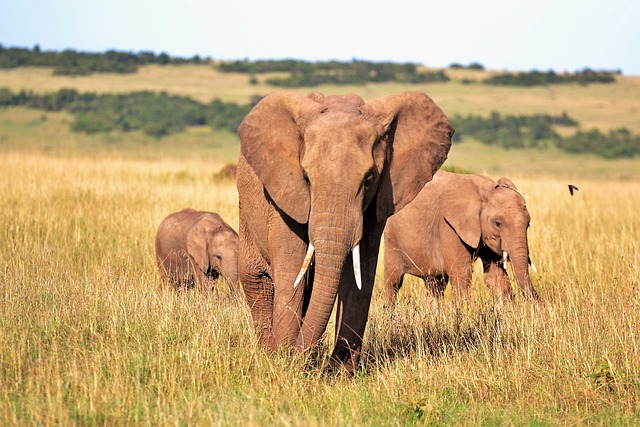I. Introduction
Elephants are one of the most iconic and beloved animals on the planet. Unfortunately, they are also one of the most threatened. Elephant populations have been declining at an alarming rate due to various human-induced factors, such as poaching, habitat loss, and human-elephant conflict. The importance of elephant conservation cannot be overstated, as these magnificent creatures play a crucial role in maintaining the delicate balance of our ecosystem.
A. Importance of elephant conservation
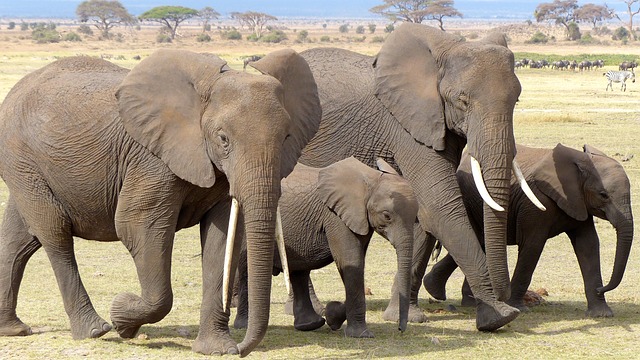
Elephants are considered to be a keystone species, meaning that they play a vital role in their ecosystem. They are crucial for maintaining the balance of nature and their impact on the environment is far-reaching. Elephants are known to shape their habitat by creating trails and clearings, which in turn, can influence the distribution of plant and animal species. Additionally, elephants play a key role in seed dispersal, which is essential for maintaining the health of forests and other plant communities.
B. Current status of elephant populations
The decline of elephant populations is a cause for concern worldwide. According to the International Union for Conservation of Nature (IUCN), African elephant populations have declined by approximately 111,000 over the past decade, while Asian elephant populations have declined by approximately 42% over the past three generations. At this rate, experts predict that elephants may become extinct in the wild within the next few decades.
C. Purpose of the article
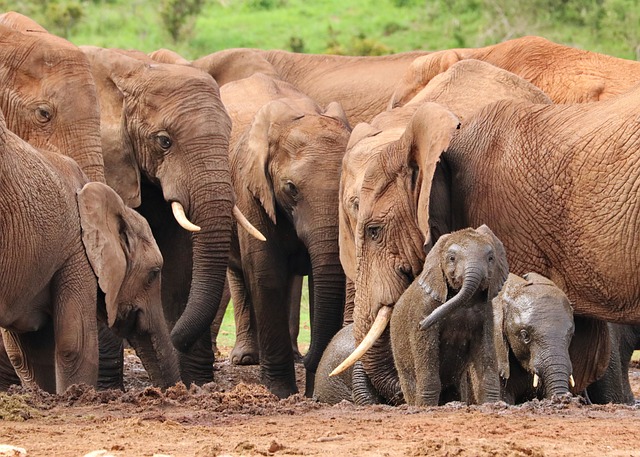
The purpose of this article is to shed light on the importance of elephant conservation and to explore the various factors that are threatening their survival. It will also examine the efforts being made to conserve these magnificent creatures and the successes that have been achieved. Finally, it will discuss the challenges and opportunities that lie ahead, as well as the importance of public awareness and education in the fight to save elephants.
II. Why elephants matter
A. Ecological importance
Keystone species
Elephants are considered to be a keystone species in their ecosystem. They are responsible for maintaining the balance of nature by shaping their habitat and influencing the distribution of plant and animal species. For example, they create clearings and trails that can help to maintain grasslands and savannas, and they can also create water holes that provide vital resources for other animals.
Habitat shaping
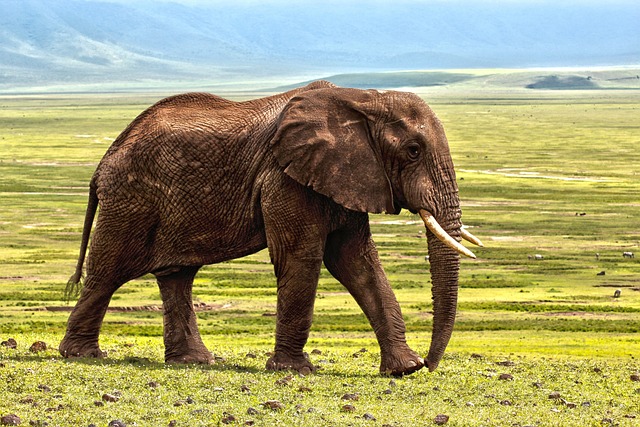
Elephants are known to shape their habitat by creating clearings and trails, which can have a profound impact on the environment. They can create new habitats and maintain existing ones by keeping forests and grasslands healthy.
Seed dispersal
Elephants are also important for seed dispersal. They consume large quantities of vegetation and their dung contains undigested seeds, which are then dispersed over large areas. This helps to maintain the health of forests and other plant communities.
B. Economic importance
Tourism
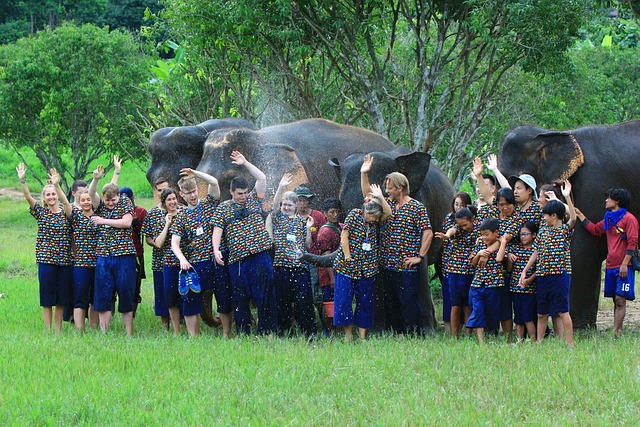
Elephants are a major draw for tourists, particularly in Africa and Asia. Ecotourism is a vital source of income for many countries, and elephants are one of the most popular attractions.
Ivory trade
Unfortunately, elephants are also targeted for their ivory tusks, which are highly prized in many cultures. The ivory trade is illegal in many countries, but it continues to be a significant threat to elephant populations.
Human-elephant conflict
As human populations continue to grow, they are increasingly encroaching on elephant habitat. This can lead to conflict between humans and elephants, which can result in loss of life and property damage. This conflict can also have economic consequences, as it can disrupt agriculture and other industries.
In summary, elephants are important for both ecological and economic reasons. They play a key role in maintaining the balance of nature and are also a significant source of income for many countries. However, they are also facing numerous threats, including habitat loss, poaching, and human-elephant conflict. It is crucial that we take steps to protect these magnificent creatures before it is too late.
III. Threats to elephant conservation
A. Poaching and ivory trade
One of the most significant threats to elephant populations is poaching and the illegal ivory trade. Despite international efforts to curb the trade in ivory, it continues to be a lucrative business, particularly in some parts of Asia. Poaching can have a devastating impact on elephant populations, as it can lead to the killing of entire herds, leaving behind orphaned elephants.
B. Habitat loss and fragmentation
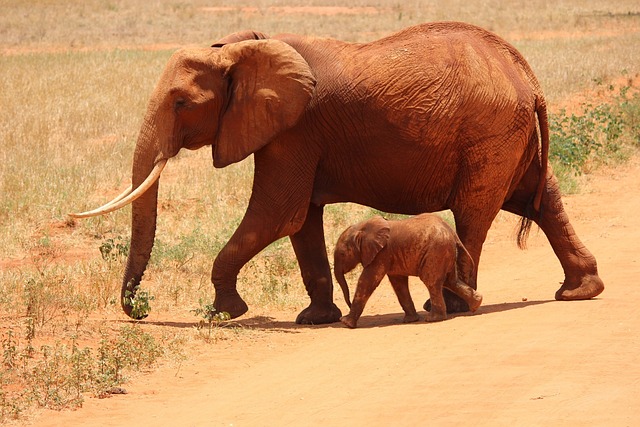
Habitat loss and fragmentation are also significant threats to elephant populations. As human populations grow and expand, they encroach on elephant habitat, leading to habitat loss and fragmentation. This can make it difficult for elephants to find adequate food and water resources, and can also increase the likelihood of human-elephant conflict.
C. Human-elephant conflict
Human-elephant conflict is a major threat to elephant populations, particularly in areas where human populations are growing and expanding. As humans encroach on elephant habitat, they may come into conflict with elephants, resulting in damage to property and crops, as well as loss of life. This conflict can also lead to negative attitudes towards elephants, which can make it more difficult to implement conservation measures.
In summary, poaching, habitat loss and fragmentation, and human-elephant conflict are significant threats to elephant populations. These threats are often interrelated, and it is crucial that we address them in a holistic way if we hope to protect these magnificent creatures.
IV. Conservation efforts
A. International efforts
CITES
The Convention on International Trade in Endangered Species of Wild Fauna and Flora (CITES) is an international agreement between governments aimed at regulating international trade in wildlife. It provides a framework for countries to work together to ensure that trade in endangered species is sustainable and legal.
Global Elephant Commission
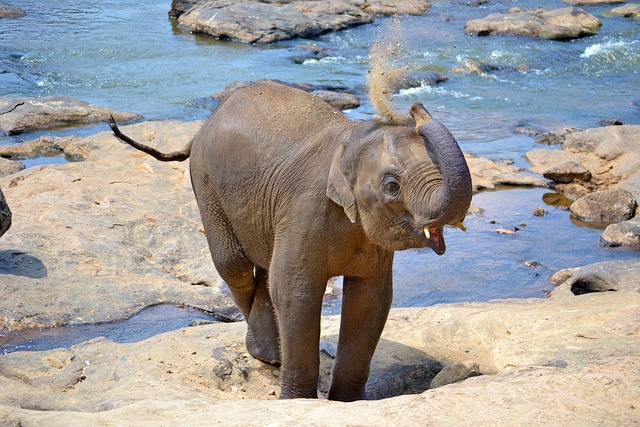
The Global Elephant Commission is a non-governmental organization dedicated to the conservation of elephants. It works to coordinate global efforts to protect elephants and their habitats, and to raise awareness about the threats facing these magnificent creatures.
B. National efforts
Wildlife protection laws
Many countries have laws in place to protect wildlife, including elephants. These laws may include bans on poaching and ivory trade, as well as measures to protect elephant habitats.
Conservation organizations
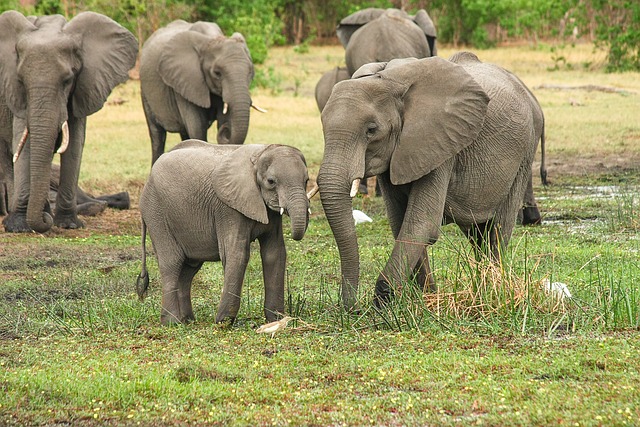
There are a number of conservation organizations dedicated to protecting elephants and their habitats. These organizations work to raise awareness about the threats facing elephants, and to implement conservation measures to protect them.
C. Local efforts
Community conservation initiatives
Local communities can play a key role in elephant conservation. Community-based conservation initiatives, such as community-run wildlife conservancies, can help to promote sustainable land use practices that benefit both people and elephants.
Human-elephant conflict mitigation measures
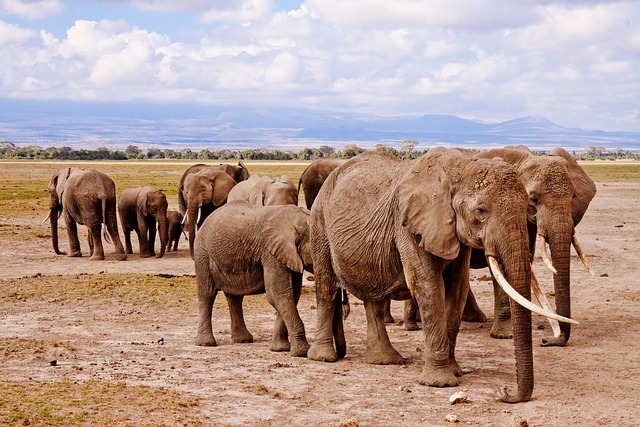
Efforts to mitigate human-elephant conflict can also play a key role in elephant conservation. These measures may include the development of early warning systems, the use of barriers to protect crops, and the implementation of non-lethal methods for managing conflicts.
In summary, there are a variety of conservation efforts underway to protect elephants and their habitats. These efforts range from international agreements and conservation organizations to local community initiatives and measures to mitigate human-elephant conflict. It is crucial that we continue to work together to protect these magnificent creatures for future generations.
V. Success stories
A. African elephant population stabilization
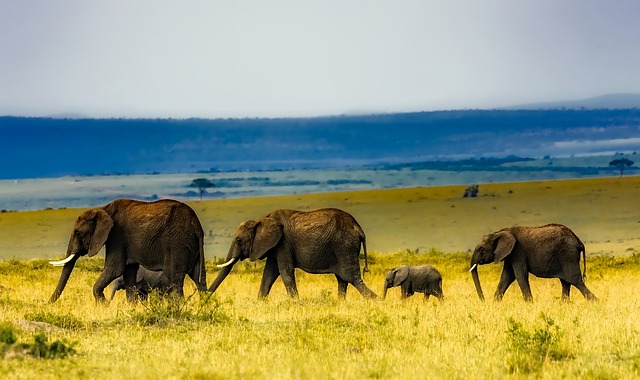
While African elephants continue to face significant threats, there have been some success stories in recent years. In some parts of Africa, elephant populations have stabilized or even increased as a result of conservation efforts. For example, in Tanzania’s Selous Game Reserve, elephant populations have increased from 15,000 in 2014 to 60,000 in 2020, thanks to anti-poaching efforts and community-based conservation initiatives.
B. Asian elephant conservation in India and Sri Lanka
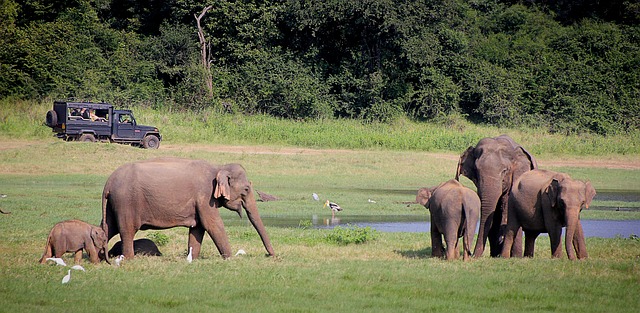
In India and Sri Lanka, efforts to protect Asian elephants have led to some notable successes. In India’s Nilgiri Biosphere Reserve, for example, conservation efforts have helped to increase the elephant population from around 700 in the 1980s to more than 3,000 today. In Sri Lanka’s Udawalawe National Park, conservation efforts have helped to create a safe haven for elephants, with the population increasing from around 50 in the 1970s to more than 500 today.
C. Conservation efforts in Thailand
In Thailand, efforts to protect elephants have also seen some success. In 1989, the Thai government implemented a ban on logging, which had been a major threat to elephant habitats. Since then, efforts to protect elephants and their habitats have continued, with some success. For example, in the Khao Yai National Park, the elephant population has increased from around 60 in the 1980s to more than 300 today.
In summary, while the threats facing elephants are significant, there have been some notable successes in recent years. These successes demonstrate that conservation efforts can make a real difference in protecting these magnificent creatures and their habitats. However, it is important that we continue to work together to protect elephants and ensure their long-term survival.
VI. Challenges and opportunities
A. Political will
One of the biggest challenges facing elephant conservation is the lack of political will to implement conservation measures. In some countries, there may be competing interests that make it difficult to prioritize conservation over other concerns. Addressing this challenge will require a concerted effort to build political support for conservation measures.
B. Funding
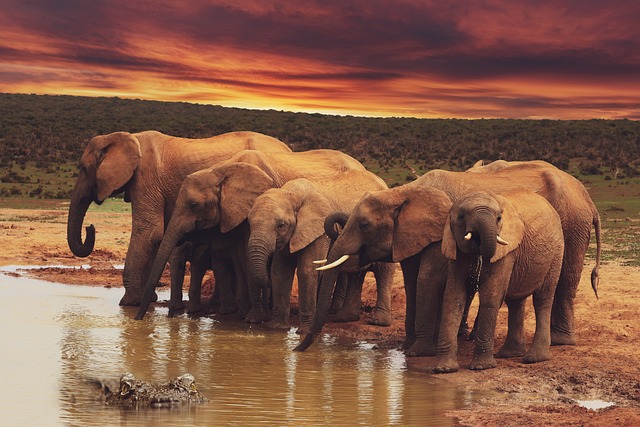
Another challenge is the need for funding to support conservation efforts. Protecting elephants and their habitats requires significant resources, and many conservation organizations struggle to secure the funding they need. Addressing this challenge will require a range of strategies, including increased public funding and philanthropic support.
C. Technological advances
Advances in technology offer opportunities to enhance elephant conservation efforts. For example, the use of drones and other technologies can help to monitor elephant populations and track their movements. These technologies can also help to deter poachers and prevent human-elephant conflict.
D. Public awareness and education
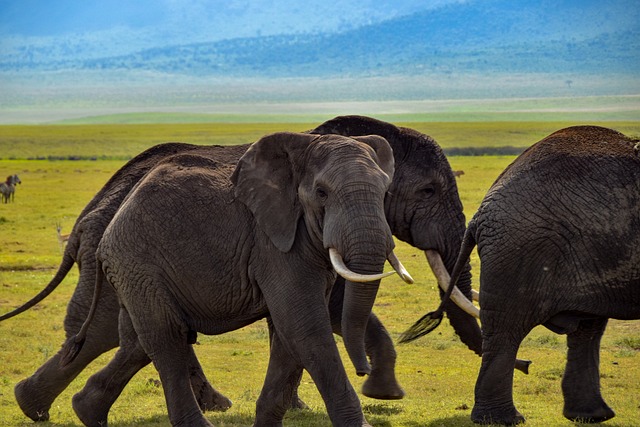
Finally, public awareness and education play a key role in elephant conservation. Many people are not aware of the threats facing elephants or the importance of protecting them. Addressing this challenge will require a concerted effort to raise awareness about the importance of elephant conservation and to educate people about the steps they can take to help.
In summary, while there are significant challenges facing elephant conservation, there are also opportunities to make progress. Addressing these challenges will require a range of strategies, including building political will, securing funding, leveraging technological advances, and raising public awareness and education. By working together, we can ensure that elephants continue to thrive for generations to come.
VII. Conclusion
A. Recap of the importance of elephant conservation
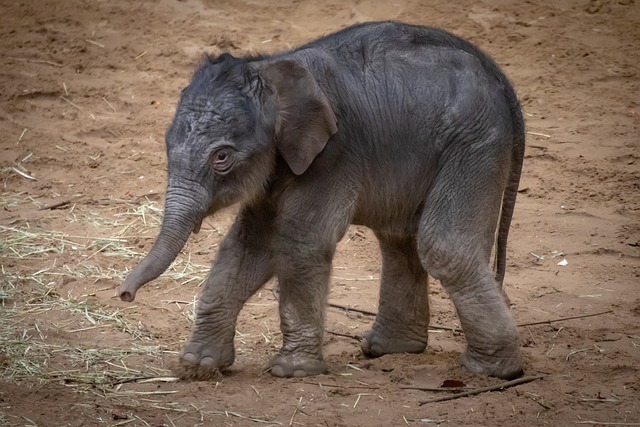
Elephants are iconic and important animals that play a crucial role in our ecosystems and economies. As keystone species, they have a significant impact on their habitats, shaping the landscape and supporting other species. They are also important sources of revenue through tourism, but are threatened by poaching, habitat loss, and human-elephant conflict.
B. Call to action
It is our responsibility to protect elephants and their habitats for future generations. This requires action at all levels, from international agreements to local community initiatives. We can support conservation efforts by making responsible tourism choices, supporting conservation organizations, and advocating for policy changes.
C. Hope for the future
Despite the challenges, there have been success stories in elephant conservation, and we have the tools and knowledge to continue making progress. By working together, we can ensure that elephants continue to play their important role in our world, providing ecological, economic, and cultural benefits for generations to come. Let us work towards a future where elephants can thrive in their natural habitats, free from harm and able to fulfill their vital role in our ecosystems
